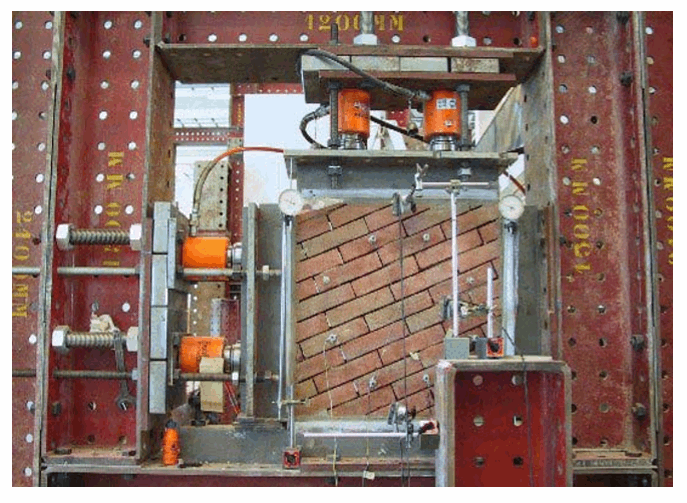M. Dhanasekar 1 and F. da Porto 2
- Professor, Faculty of Built Environment & Engineering, Queensland University of Technology, Brisbane, Australia. Ph. +61 7 3138 6666; email: m.dhanasekar@qut.edu.au
- Assistant Professor, Department of Structural & Transportation Engineering, University of Padova, Padova, Italy. Ph. +39 49 8275631; email: daporto@dic.unipd.it
ABSTRACT
Thin bed technology for clay/ concrete masonry is gaining popularity in many parts of the developed economy in recent times through active engagement of the industry with the academia. One of the main drivers for the development of thin bed technology is the progressive contraction of the professional brick and block laying workforce as the younger generation is not attracted towards this profession due to the general perception of the society towards manual work as being outdated in the modern digital economy. This situation has led to soaring cost of skilled labour associated with the general delay in completion of construction activities in recent times. In parallel, the advent of manufacturing technologies in producing bricks and blocks with adherence to specified dimensions and shapes and several rapid setting binders are other factors that have contributed to the development of thin bed technology. Although this technology is still emerging, especially for applications to earthquake prone regions, field applications are reported in Germany for over a few decades and in Italy since early 2000. The Australian concrete masonry industry has recently taken keen interest in pursuing research with a view to developing this technology. This paper presents the background information including review of literature and pilot studies that have been carried out to enable planning of the development of thin bed technology. The paper concludes with recommendations for future research.
KEYWORDS: Structural Masonry; Thin Bed Joints; Failure Mechanisms; Interface; Ductility.
B7-3



